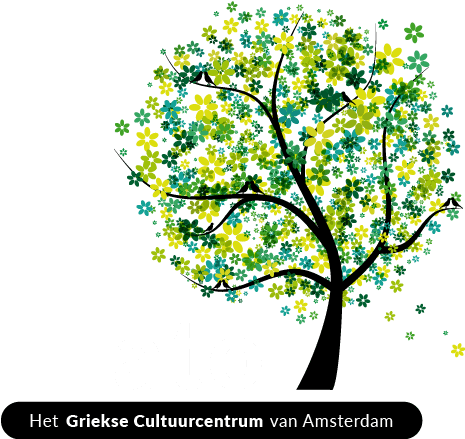No products in the basket.
Flock bells: a source of noise or a communicational code?
Bells and the melody of the sheep
The sound of the flock is a sound of history. The bells were hung on animals as a sound transmitter but not only.
The bell is not a simple tool, but a communication code. Experienced breeders know the sounds so well they can understand when their herd grazes, walks, runs, drinks water, has a nuisance, or even whether there is a quarrel between the animals! They can understand by the sound they hear if the animal is small, big, goat or sheep and find it easier if it is lost.

Βells or “Tsokania” change according to the age, the size of the animal and the time of year. Their construction is very similar to that of musical instruments! Each flock is a live orchestra, altogether creating harmony with each animal adding its own voice (bell).
Previously the bells were considered a token of the nobility of the shepherd and half of his identity. Because for the experienced ears the flocks were being recognized from afar from by their sound. If someone stole the bells, it was considered a great insult and the bells were transferred from family to family and from generation to generation. In Crete, there are still families that have bells of 200 years old. These are truly family heirlooms.
Art and passion
Their construction needs love for the art that is difficult and obviously a musical ear that can combine the sounds and make perfect harmonies. Until it reaches its final shape, a bell must pass more than a hundred times from the master’s hands, which with experienced blows at the right spot will mould it to produce the right sound. Apart from passion and art, another important factor is the right material so that the bell with time does not lose his “voice.”
Today there are very few bell makers or “koudounarides”, as they call them. Those who still master this skill continue most often a tradition that their parents or grandparents have started. That’s why they say that this kind of art is a family art. It reached its peak when traditional livestock farming was in full swing. Now it is an art under extinction, since the traditional cattle breeding as we once knew it is rather the exception and not the rule.




